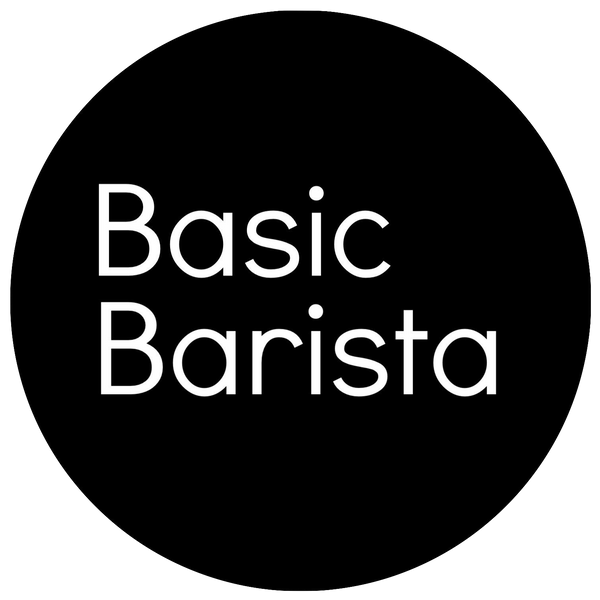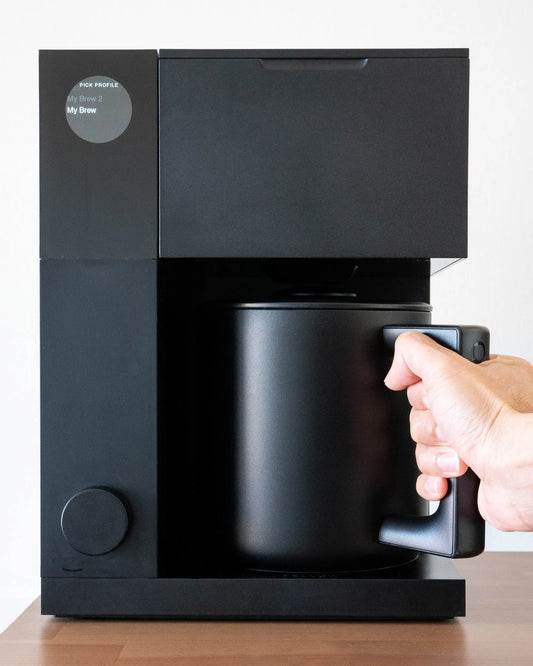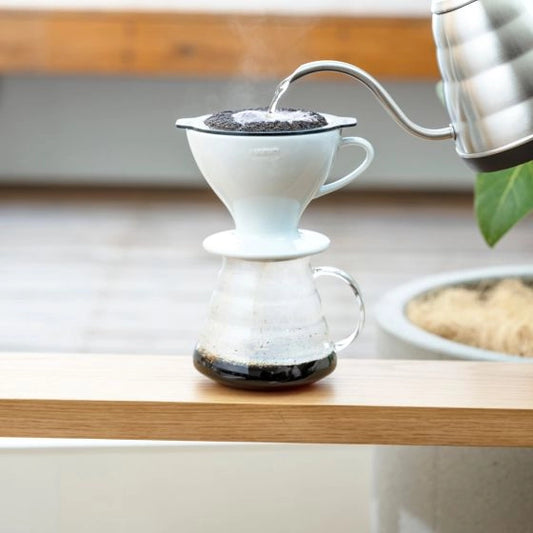
Can RDT Increase Extraction - Coffee News
Share
RDT Can Increase Coffee Extraction - Coffee News
Recent studies have shed light on the role of the Ross Droplet Technique (RDT) in enhancing coffee extraction, offering a scientific perspective on this method's efficacy. The key findings from the study titled "Moisture-controlled Triboelectrification during Coffee Grinding" are particularly illuminating.
What is Triboelectrification in Coffee Grinding
Triboelectrification is a process that causes static charge accumulation on surfaces, significantly impacting coffee grinding. It leads to particle aggregation, challenging the consistency and taste of espresso. The study demonstrates that the charge on coffee particles primarily depends on the moisture content of the beans. Beans with less than 2% moisture tend to charge negatively, while the addition of external water effectively neutralizes surface charging and avoids clumping.
The Influence of Roast Profile and Moisture Content
The magnitude of static charge produced during grinding is influenced not just by the physical process of grinding but also by the roast profile and internal moisture content of the coffee beans. This understanding is crucial as it suggests ways to control the charge, which in turn affects the brewing process.
Grinding and Electrification
The grinding process itself significantly electrifies coffee particles. Factors like grind setting and bean temperature play a crucial role, with finer grind settings leading to more fracturing events and longer contact times with the coffee burrs, resulting in more fines.
The Role of External Water: Ross Droplet Technique
The Ross Droplet Technique involves adding small amounts of water to whole beans before grinding. This technique has been observed to reduce static charge significantly, resulting in a more even grind and potentially enhancing the quality of the brewed coffee. The study confirms that introducing water systematically to whole-bean coffee and grinding at a consistent setting showed a systematic reduction in charging with increasing external water content.
How To Use RDT?
RDT is super easy to implement into your coffee brewing routine for both home baristas and cafes, to use RDT:
- Dose the correct amount of coffee into a dosing cup / glass jar.
- Spray a small amount of water onto your coffee beans.
- Shake the jar to evenly coat all the coffee beans.
- Place coffee into your grinder and grind your dose.
Make sure that you grind into a seperate dosing cup, grinding into a cup that has moisture left over from the RDT will hold onto ground coffee and make cleaning a nightmare.
RDT Impact on Espresso Brewing
In terms of practical brewing applications, the addition of water to whole beans during grinding without changing other parameters consistently produces slower shots, indicating a change in the flow dynamics of the brewing process.
Understanding the Basis of Charge Passivation
The exact mechanism by which moisture controls charging remains a topic of research. A possible explanation involves the interfacial thermoelectric effect, where the triboelectric factor, which is a function of a material's Seebeck coefficient, density, specific heat, and thermal conductivity, plays a significant role.





1 comment
Great blog post.
First came across rdt when I saw Lance Hedricks video.
Very interesting concept and I am interested to see what’s next for the coffee world.